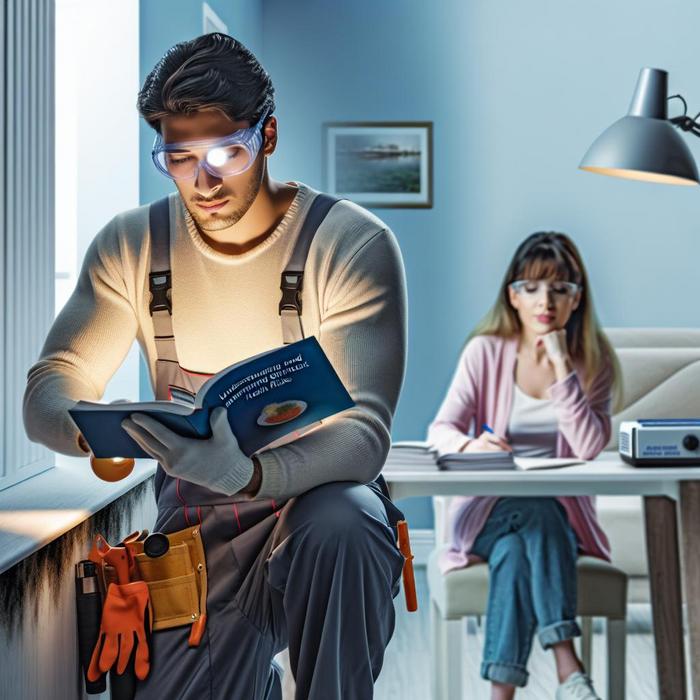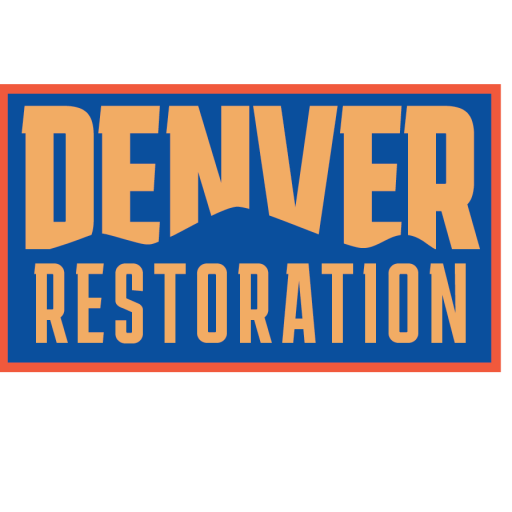Black Mold Health Risks: Grasping The Severity
Mold infestation, especially that of black mold, can pose significant health risks to homeowners, property managers, and business owners alike. Prolonged exposure to this potentially toxic fungus can lead to severe health complications, aggravating existing conditions, and even provoking life-threatening situations.
The Horrors of Black Mold
Before delving into the health risks associated with black mold, it’s essential to understand what it is. Black mold, or Stachybotrys Chartarum, has earned a notorious reputation due to the volatile organic compounds (VOCs) it releases. It thrives in damp, poorly ventilated areas, gradually infusing your living or workspace with mycotoxins. WebMD provides a comprehensive guide on the adverse impacts of black mold exposure.
What Health Risks Does Black Mold Pose?
Black mold is not merely an aesthetic concern; it is a serious health hazard. Being aware of the potential health risks is the first line of defense against this dangerous intruder.
- Allergies: Mold spores can cause allergic reactions like sneezing, runny or blocked nose, red and itchy eyes, and skin rashes.
- Respiratory issues: In people with respiratory conditions, such as asthma or COPD, mold can exacerbate the symptoms, leading to frequent and severe attacks.
- Immune system suppression: Over exposure to black mold can weaken your immune system and make you more susceptible to infections.
- Neurological problems: Some people might experience headaches, memory loss, and mood swings shortly after black mold exposure.
The Cleveland Clinic presents an in-depth look into the health effects of black mold.
Black Mold Safety: Be Proactive, Not Reactive
Recognizing the serious implications of black mold, safety must be placed at the forefront. Besides learning about the risks, it is equally crucial to know how to protect oneself from them.
Prevention is Better Than Cure
The best defense against black mold is to prevent it from establishing a stronghold in your property. Here are some helpful tips to achieve this.
- Ventilation: Ensure that your property is well-ventilated to prevent dampness and humidity, conditions in which black mold thrives.
- Plumbing: Regularly check for and fix any leaks that might provide an environment for mold to grow.
- Cleanliness: Regular cleaning can prevent mold spores from growing and spreading.
Handling Existing Mold Infestations
In spite of the best precautions, mold can sometimes creep into your space. In such cases, acting swiftly and efficiently is the key to minimizing harm. Our post on ensuring safe air post mold remediation can guide you through the process.
Professional Mold Remediation
To effectively and safely eradicate mold from your property, professional intervention is often essential. Professionals have the necessary expertise and equipment to identify, isolate, and remove mold, while also taking measures to prevent future infestations.
Mold Exposure Effects: The Road to Recovery
Recovering from black mold exposure and its ill effects is a process that requires professional medical assistance and careful monitoring. The recovery journey is unique to each individual and is dependent on a variety of factors.
Importance of Early Detection
Identifying symptoms of mold exposure early on, and seeking prompt medical intervention, can significantly accelerate the recovery process. Along with professional healthcare, you can take some steps to expedite your recovery from black mold exposure effects. Our post on celebrating successful recovery stories from black mold damage can provide some much-needed reassurance.
Getting rid of black mold is not only about aesthetics; the impact it can have on health makes it essential to be proactive. At the same time, it is essential to remember that professional assistance is available to help restore your property and health.
In the battle against black mold, knowledge is power. It is vital to be informed about the possible health risks and safety measures to protect yourself and those around you. To that end, this guide aims to arm you with the necessary information to better understand and manage the risks associated with black mold.
Identify the Telltale Signs of Black Mold
After obtaining a fundamental understanding of black mold and the health threats it poses, identifying its presence becomes the next crucial step. The appearance of black mold can range from being a slimy, dark green mass to a sooty black substance. The patchy and irregular growth pattern, coupled with a musty and earthy smell, often distinguishes it from other types of mold.
Evidence of Water Damage
Water damage and damp conditions are ideal breeding grounds for black mold. Consequently, signs of persistent moisture, like water stains, peeling paint, or bulging walls and ceilings, should be followed up with a thorough mold inspection.
Limiting Exposure to Black Mold
Upon discovering mold in your property, it’s recommended to restrict your exposure to the affected area. The Environmental Protection Agency [EPA] provides useful advice on how to limit exposure to black mold. Do bear in mind that disturbing the mold during inspection or cleanup can exacerbate exposure, as it promotes the release of more spores into the air. Hence, you should consider professional assistance.
Assessing the Severity of Mold Damage
Recognize that mold, particularly black mold, is not just a surface problem. It is invasive and can penetrate deep into your walls, ceilings, and other structures. Therefore, assessing the severity of mold damage is critical, as it helps determine the best course of action and restoration technique.
The Role of Professional Assessment and Estimation
Professional mold inspectors have the means to perform a thorough assessment using specialized equipment like moisture meters and infrared cameras. They can chart the extent of mold growth, even hidden behind walls or above ceilings, providing a comprehensive damage estimation. Moreover, they can test for a variety of mold types, including black mold, using air and surface sampling techniques.
How to Choose a Professional Mold Remediation Service
While selecting a professional mold remediation service, consider their experience, training, and certification. A reputable service will exhibit transparency in their assessment and estimation process, and provide thorough documentation to support their findings.
Exploring Restoration Techniques and Equipment
Professional mold remediation services utilize a range of techniques and equipment to eradicate mold effectively. Often, it begins with the containment of the affected area to prevent the spread of mold. They employ air scrubbers to filter out mold spores from the air and use HEPA vacuums to remove mold from surfaces. Antimicrobial and antifungal treatments are then administered to eliminate mold colonies and help prevent new colonies from forming.
Key Role of Environmental and Health Safety
Mold remediation processes, while effective, must also be safe for the environment and the property’s inhabitants. Professionals pay critical attention to maintaining environmental and health safety by using non-toxic, biodegradable agents for mold removal and practicing responsible disposal methods for contaminated materials.
Addressing Insurance and Legal Compliance
Mold damage can present complicated insurance and legal issues. A professional remediation service aids by helping understand the intricacies of insurance covering mold damage and ensuring the remediation process complies with local regulations and industry standards.
A black mold outbreak can cause distress to property owners. Thus, effective customer communication is a key role professionals play. They ensure transparency, keep homeowners and business owners informed about the remediation progress, and provide advice on preventing future infestations.
Drawing the Curtains – Until Next Time
In conclusion, black mold is a silent menace threatening health and- prosperity. The role is ours in understanding the risks it poses and taking proactive steps to keep it at bay. This knowledge not only empowers us to act decisively during mold infestations but also guides us when seeking professional remediation. Be sure to revisit our guide whenever you need insights into handling this perilous fungus. Stay informed; stay healthy!

